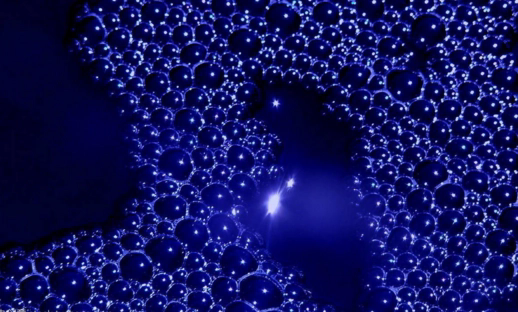The effectiveness of water treatment defoamers stems from their intricate mechanisms of action. This article explores the various ways in which these agents disrupt foam formation and stability.

Mechanisms of Action:
Surface Tension Reduction: Defoamers adsorb onto the surface of foam bubbles, reducing their surface tension. This makes the bubbles less stable and prone to collapse.
Bubble Bridging and Coalescence: Surface-active agents promote the bridging of adjacent bubbles, leading to their coalescence and subsequent collapse.
Physical Disruption: Particle-based defoamers physically puncture foam bubbles, rapidly eliminating them from the system.
Factors Influencing Effectiveness:Concentration and dosage of the defoamer.Water chemistry and temperature.Nature of the foam-forming agents.
Water treatment defoamers employ multiple mechanisms to effectively control foam. Understanding these mechanisms helps optimize their use, ensuring maximum efficiency and minimal impact on water quality.

 English
English
 Chinese
Chinese Vietnamese
Vietnamese
 HOME
HOME
 PRODUCT
PRODUCT
 NEWS
NEWS
 CONTACT
CONTACT


